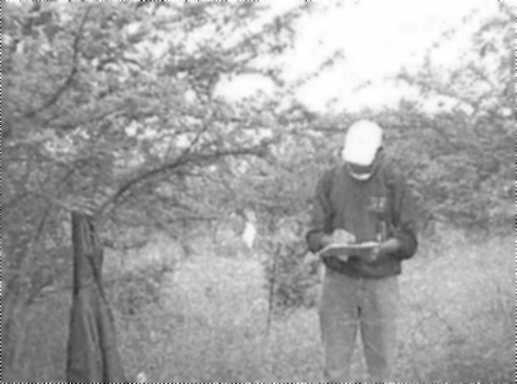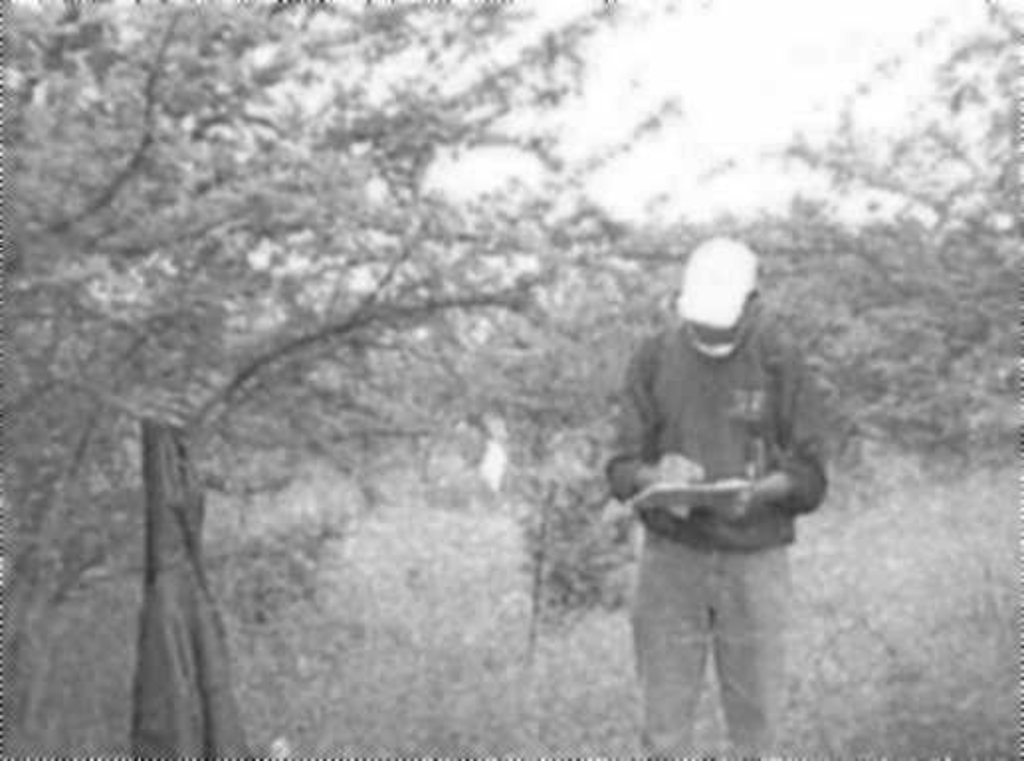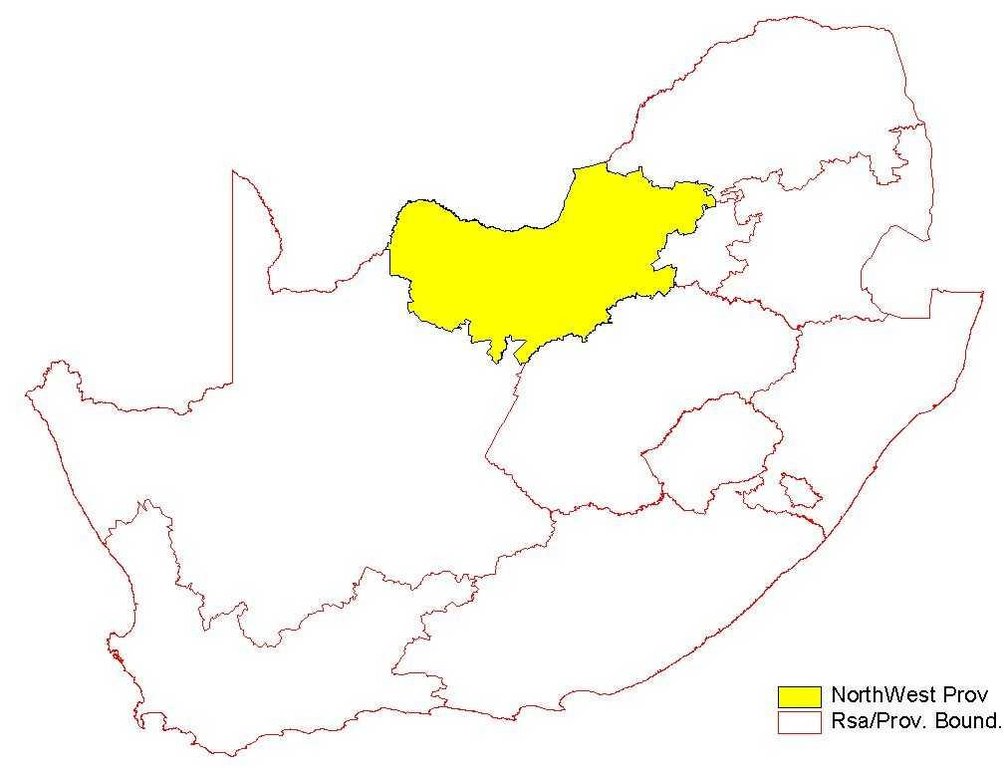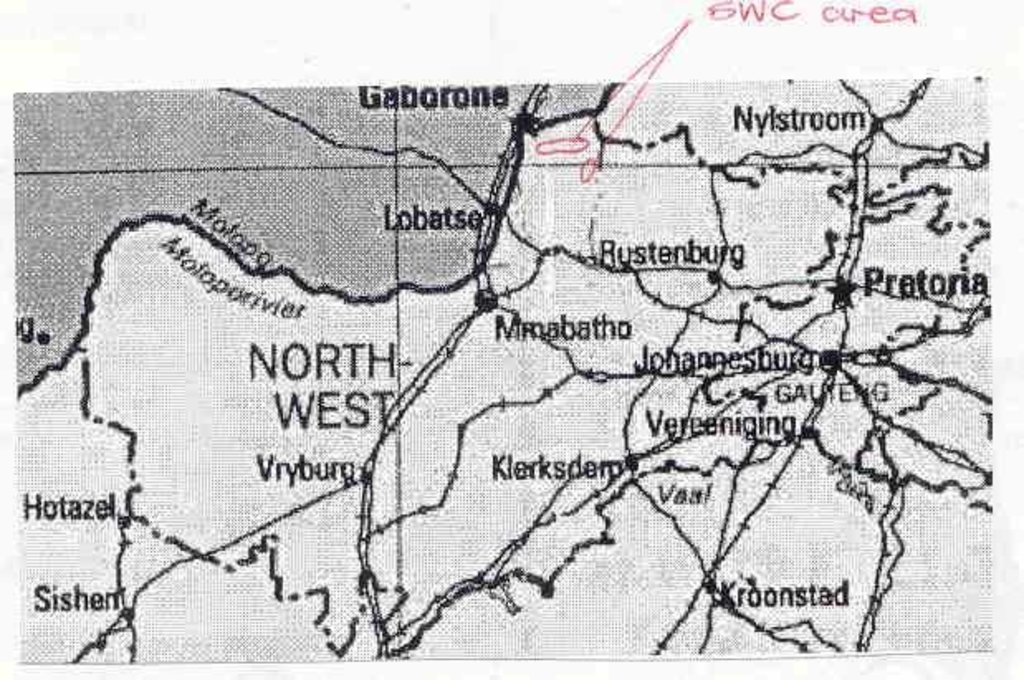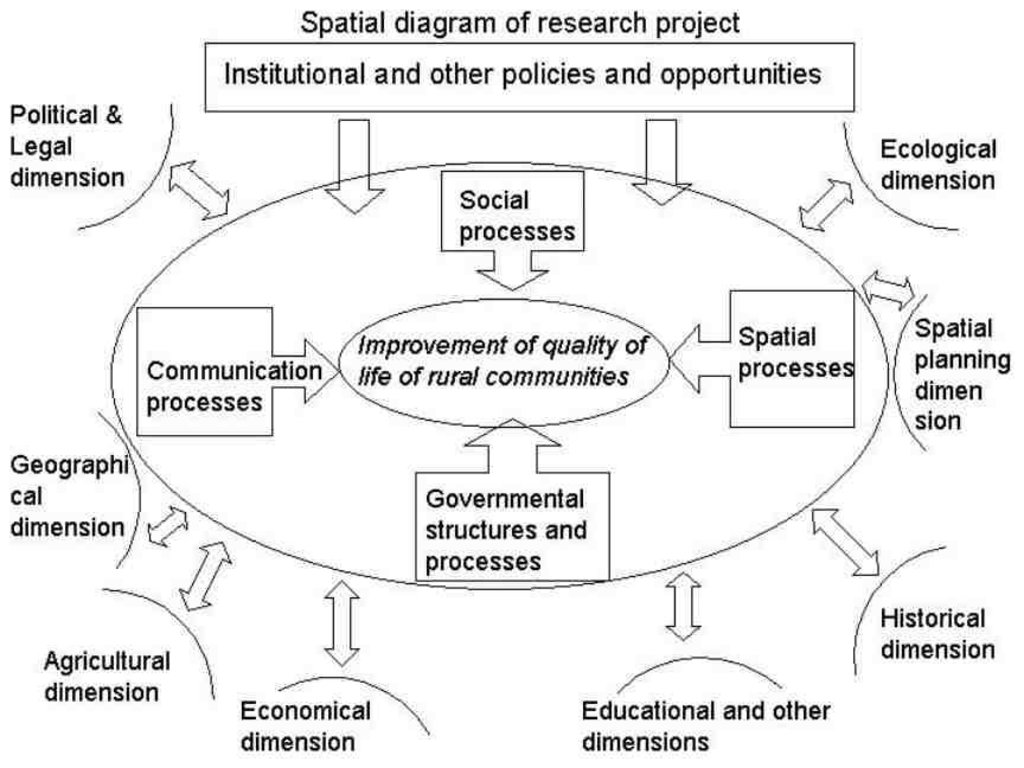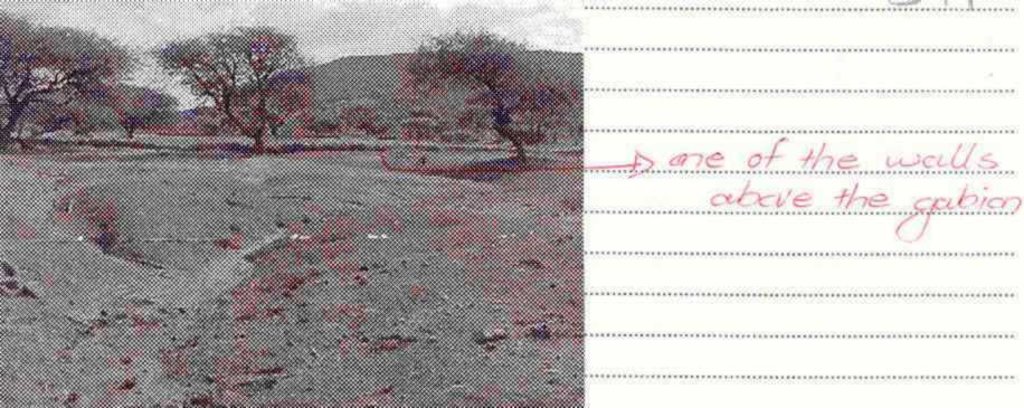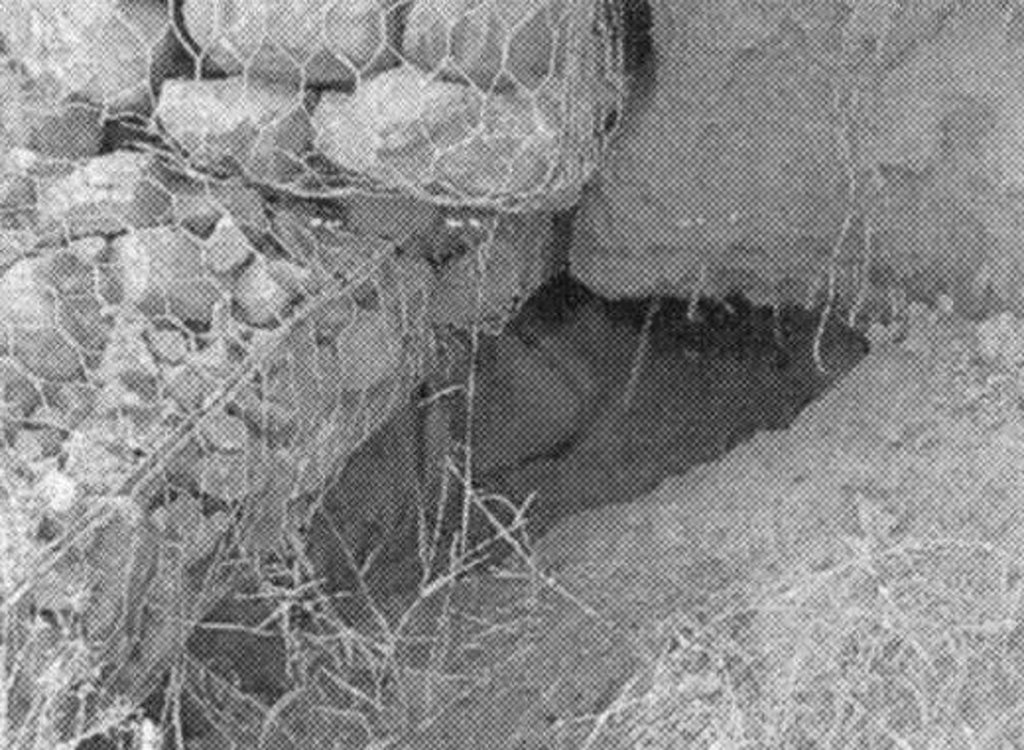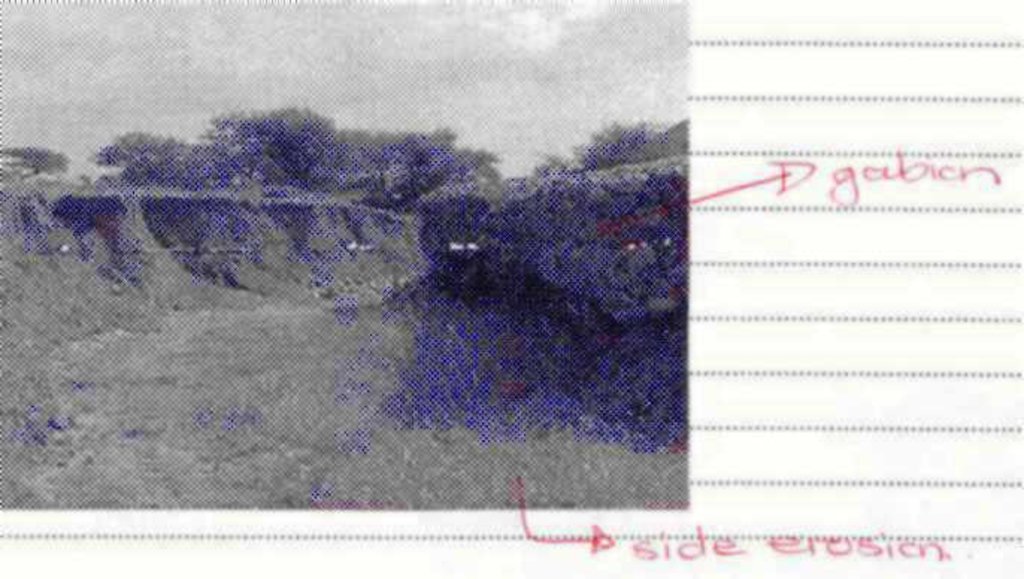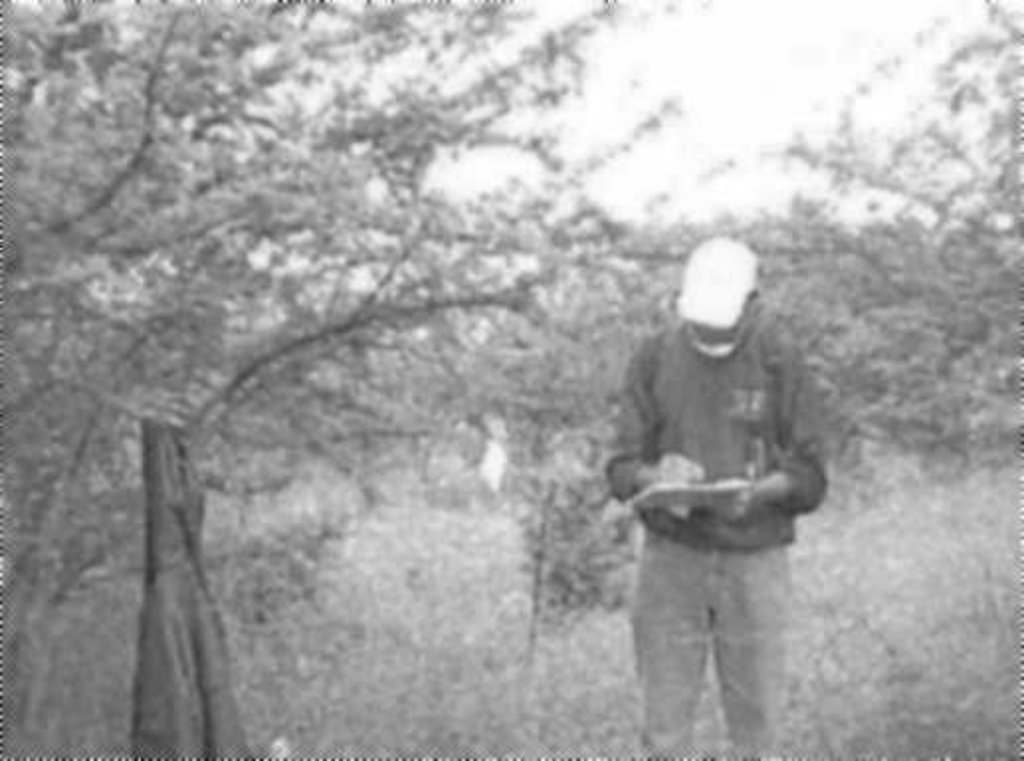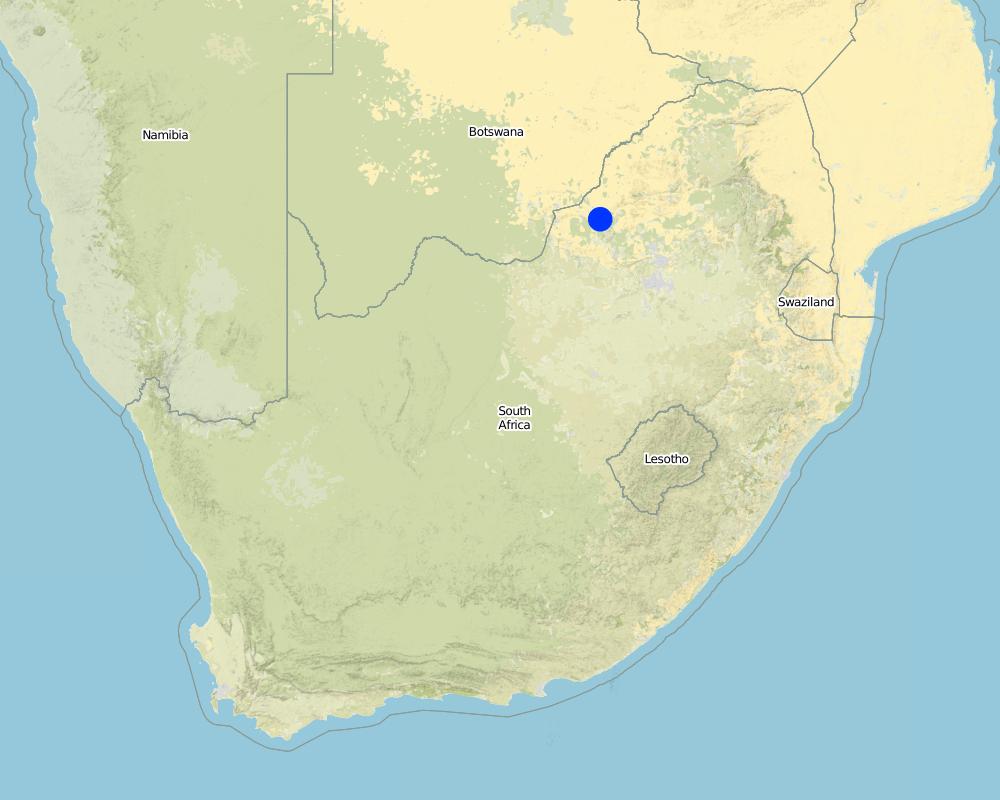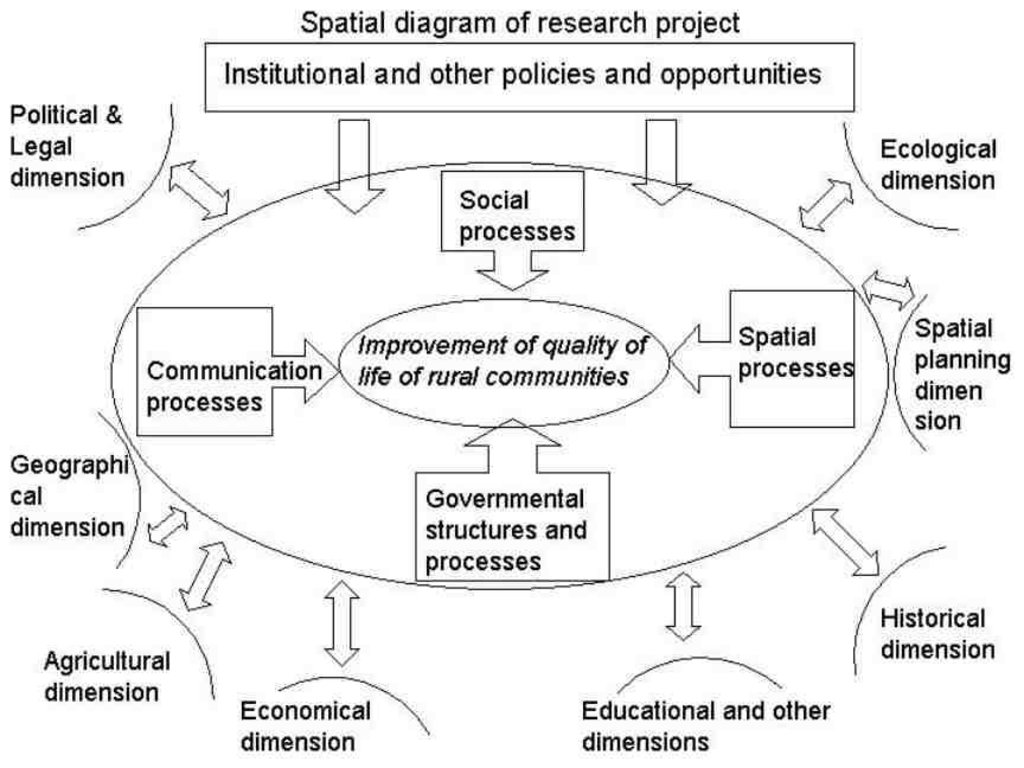Participatory rural approach [ЮАР]
- Создание:
- Обновить:
- Составитель: Unknown User
- Редактор: –
- Рецензент: Fabian Ottiger
approaches_2340 - ЮАР
Просмотреть разделы
Развернуть все Свернуть все1. Общая информация
1.2 Контактные данные специалистов и организаций, участвующих в описании и оценке Подхода
Ответственный (-ые) специалист (-ы)
Специалист по УЗП:
de Wet Saroné
School of Environmental Science and Development, North West University, South Africa
ЮАР
Название организации (-ий), содействовавших документированию/оценке Подхода (если применимо)
School of Environmental Science and Development, North West University (NWU) - ЮАР1.3 Условия, регламентирующие использование собранных ВОКАТ данных
Составитель и ответственный/-ые специалист(-ы) согласны с условиями, регламентирующими использование собранных ВОКАТ данных:
Да
2. Описание Подхода УЗП
2.1 Краткое описание Подхода
Participatory Rural Approach including a partly holistic approach; between social and environmental sciences.
2.2 Подробное описание Подхода
Подробное описание Подхода:
Aims / objectives: Developing sustainable management of land and other natural resources in rural communities. Assess the historical process, causes, nature and extent of desertification and its human impact. An empirical study of the attitudes, perceptions and knowledge of the local population with regard to land use. Develop policy guidelines for integrated rural development focussing on spatial planning, settlement models, land use control measures, ecological restoration and sustainable farming practices. Pilot interviews with the extension officers were followed by interviews with members of the communities themselves. Plant surveys were conducted at the study areas.
Stages of implementation: There were 5 stages of implementation included in the pilot interviews, the main interviews and the plant surveys. Task 1: Preliminary negotiations with officials, authorities and local communities, including a literature and methodological review. Task 2: Data collection includes satellite data and aerial photographs, ground truth (site visits, meetings, surveys, interviews and questionnaires - a PRA approach. Task 3: Analysis and interpretation include archival research, image processing ad interpretation and analysis of surveys and questionnaires. Task 4: Validation and cross referencing by accuracy testing of remotely sensed results, historical cross referencing, comparison to Botswana results, comparison of results (communal land vs. commercial land). Task 5: Reporting.
2.3 Фотографии, иллюстрирующие Подход
2.5 Страна/ регион/ место, где применялся Подход
Страна:
ЮАР
Административная единица (Район/Область):
North West Province
Map
×2.6 Даты начала и окончания реализации Подхода
Год начала реализации:
2000
Год окончания (Если Подход больше не применяется):
2003
2.7 Тип Подхода
- в рамках проекта/ программы
2.8 Каковы цели/ задачи Подхода
The Approach focused mainly on other activities than SLM (Suitable management, integrated community-base, rural development, land resources, natural resources.)
Developing sustainable management of land and other natural resources in rural communities. Specific objectives: Assess the historical process, courses, nature and extent of desertification and its human impact. Did an empirical study of the attitudes, perceptions and knowledge of the local population with regard to land use. Finally, we want to develop policy guidelines for integrated rural development focussing on spatial planning, settlement models, land use control measures, ecological restoration and sustainable farming practices.
The SLM Approach addressed the following problems: Desertification and its human impact, with the specific incorporation of indigenous or traditional knowledge. Inadequate policy towards integrated rural development.
2.9 Условия содействующие применению Технологии/ Технологий в рамках Подхода или затрудняющие его
Наличие/ доступность финансовых ресурсов и услуг
- затрудняют
Funding not sufficient
Treatment through the SLM Approach: Involved with greater Department of Agriculture and subsequent funding
Институциональные условия
- затрудняют
Part of previous disadvantaged homeland
Treatment through the SLM Approach: Policy recommendations
Нормативно-правовая база (землевладение, права на земле- и водопользование)
- затрудняют
The existing land ownership, land use rights / water rights greatly hindered the approach implementation No one takes responsibility for maintaining the applied technology.
Осведомленность в области УЗП, доступность технической поддержки
- затрудняют
No contracts with large equipment companies
Treatment through the SLM Approach: With the Department of Agriculture, theses contract have been established
3. Участие и распределение ролей заинтересованных сторон
3.1 Заинтересованные стороны, участвующие в реализации Подхода и их роли
- местные землепользователи/ местные сообщества
Supingstad members. Specific ethnic groups: Tswana speaking (Ba-Suping)
- эксперты по УЗП/ сельскому хозяйству
- учителя/ преподаватели/ школьники / студенты
University
- государственные власти (отвечающие за планирование или принятие решений)
- международные организации
3.2 Участие местных землепользователей/ местных сообществ на разных стадиях реализации Подхода
| Участие местных землепользователей/ местных сообществ | Перечислите участников и опишите их вовлеченность | |
|---|---|---|
| инициирование/ мотивация | нет | |
| планирование | интерактивное | interviews/questionnaires, public meetings; Interviews with most viable group. Public meetings: what should we look at in the areas. |
| выполнение | интерактивное | casual labour, responsibility for minor steps; Erosion control. |
| мониторинг/ оценка | нет | |
| Research | нет |
3.3 Схема реализации (если имеется)
3.4 Принятие решений по выбору Технологии/ Технологий УЗП
Укажите, кто принимал решение по выбору применяемой Технологии/ Технологий:
- в основном землепользователи при поддержке специалистов по УЗП
Поясните:
consultative.
Decisions on the method of implementing the SLM Technology were made by mainly by SLM specialists with consultation of land users. consultative.
4. Техническая поддержка, повышение компетенций и управление знаниями
4.1 Повышение компетенций/ обучение
Проводилось ли обучение землепользователей/ других заинтересованных лиц?
Да
Укажите, кто проходил обучение:
- землепользователи
- school children/students
Тип обучения:
- в ходе работы
Рассматриваемые темы:
Gabion construction
4.2 Консультационные услуги
Есть ли у землепользователей возможность получать консультации?
Да
Укажите, где именно оказываются консультационные услуги:
- на полях землепользователей
Описание/ комментарий:
Participatory rural approach; Key elements: Involvement in gabion construction; 1) Mainly: government's existing extension system, Partly: projects own extension structure and agent. Extension staff: mainly government employees 3) Target groups for extension: land users; Activities: erosion control through gabion construction
Advisory service is inadequate to ensure the continuation of land conservation activities; Extension officers available for information on erosion and encroachment control.
4.3 Институциональная (организационная) поддержка
В ходе реализации Подхода были ли организованы новые институциональные структуры или поддержаны уже существующие?
- да, умеренно
Укажите уровень, на котором структуры были укреплены или вновь созданы:
- местные
Укажите тип поддержки:
- повышение компетенций/ обучение
4.4 Мониторинг и оценка
Являются ли мониторинг и оценка частью Подхода?
Да
Комментарии:
bio-physical aspects were regular monitored through measurements
socio-cultural aspects were ad hoc monitored through observations
economic / production aspects were ad hoc monitored through observations
area treated aspects were regular monitored through measurements
no. of land users involved aspects were regular monitored through measurements
There were several changes in the Approach as a result of monitoring and evaluation: Initially only the extension officers were interviewed in groups; the communities as well, but in the end individual interviews proofed more effective. Woody component analysis: Where all members worked on one quadrate at the start, we changed the strategy to three teams of two people each, each team having their own specific responsibilities.
4.5 Научные исследования
Были ли научные исследования частью Подхода?
Да
Укажите темы исследований:
- социология
- экология
- технология
Напишите подробнее и назовите тех, кто выполнял исследования:
Sociology: interviews/trust building. Ecology: explain what we are doing. Technology: gabion construction
Research was carried out both on station and on-farm
5. Финансирование и внешняя материальная поддержка
5.1 Годовой бюджет мероприятий по УЗП в рамках Подхода
Если точный годовой бюжет неизвестен, укажите примерный диапазон затрат:
- 10000-100000
Комментарий (например, основные источники финансирования/ ключевые доноры):
Approach costs were met by the following donors: international non-government (funding): 80.0%; local community / land user(s) (labour, material): 20.0%
5.2 Финансирование и внешняя материальная поддержка, предоставляемая землепользователям
Предоставлялась ли землепользователям финансовая/ материальная поддержка для применения Технологии /Технологий?
Да
5.3 Субсидии на отдельные затраты (включая оплату труда)
Если труд землепользователя был существенным вкладом, укажите, был ли этот вклад:
- в обмен на продукты
Комментарии:
Guides received food parcels. Other incentives; future change in policy.
5.4 Кредитование
Предоставлялись ли в рамках Подхода кредиты на мероприятия УЗП?
Нет
6. Анализ влияния и заключительные положения
6.1 Влияние Подхода
Сумел ли Подход помочь землепользователям внедрить и поддерживать технологии УЗП?
- Нет
- Да, немного
- Да, умеренно
- Да, существенно
They did not adapt, but their awareness were raised.
Сумел ли Подход разрешить правовые проблемы землевладения/ землепользования, препятствующие использованию технологий УЗП?
- Нет
- Да, немного
- Да, умеренно
- Да, существенно
The people worked with the specialist in establishing the technology.
Did other land users / projects adopt the Approach?
- Нет
- Да, немного
- Да, умеренно
- Да, существенно
6.3 Долгосрочная устойчивость мероприятий в рамках Подхода
Могут ли землепользователи самостоятельно (без внешней поддержки) продолжать применение того, что было реализовано в рамках Подхода?
- нет
Если нет или нет уверенности, объясните почему:
No: Erosion - the wire mesh baskets must be supplied by the appropriate companies, but otherwise they might pack stones without the wire mesh baskets. Yes for bush encroachment.
6.4 Сильные стороны/ преимущества Подхода
| Сильные стороны/ преимущества/ возможности по мнению землепользователей |
|---|
| Awareness of erosion and bush encroachment as well as possible solution to it (How to sustain/ enhance this strength: School available; provide with poster, books, etc. Farmer's meetings.) |
| A community member can make a difference. |
| Сильные стороны/ преимущества/ возможности по мнению составителя или других ключевых специалистов |
|---|
| Trust of people obtained (How to sustain/ enhance this strength: Deliver on the promises) |
| The community was motivated to implement their own water supply |
| Awareness of grazing strategy on the condition of the grazing field (How to sustain/ enhance this strength: Motivate extension officer to really provide appropriate solutions) |
6.5 Слабые стороны/ недостатки Подхода и пути их преодоления
| Слабые стороны/ недостатки/ риски по мнению землепользователей | Возможные пути их преодоления/снижения? |
|---|---|
| The projects do not address the problems the land users have | Refer identified problems to the relevant experts |
| Implementation of project takes a long time | Explain to the involved person the planned time schedule |
| Слабые стороны/ недостатки/ риски по мнению составителя или ответственных специалистов | Возможные пути их преодоления/снижения? |
|---|---|
| Number of available SWC specialist insufficient for amount of work | Train the amount of specialist/give the necessary background. |
| Use of translators | Make it clear to exact translations are given |
| Linguistic abilities not sufficient | Use translators |
7. Справочные материалы и ссылки
7.1 Методы сбора/источники информации
- выезды на места, полевые обследования
- опросы землепользователей
Ссылки и модули
Развернуть все Свернуть всеСсылки
Нет ссылок
Модули
Нет модулей


